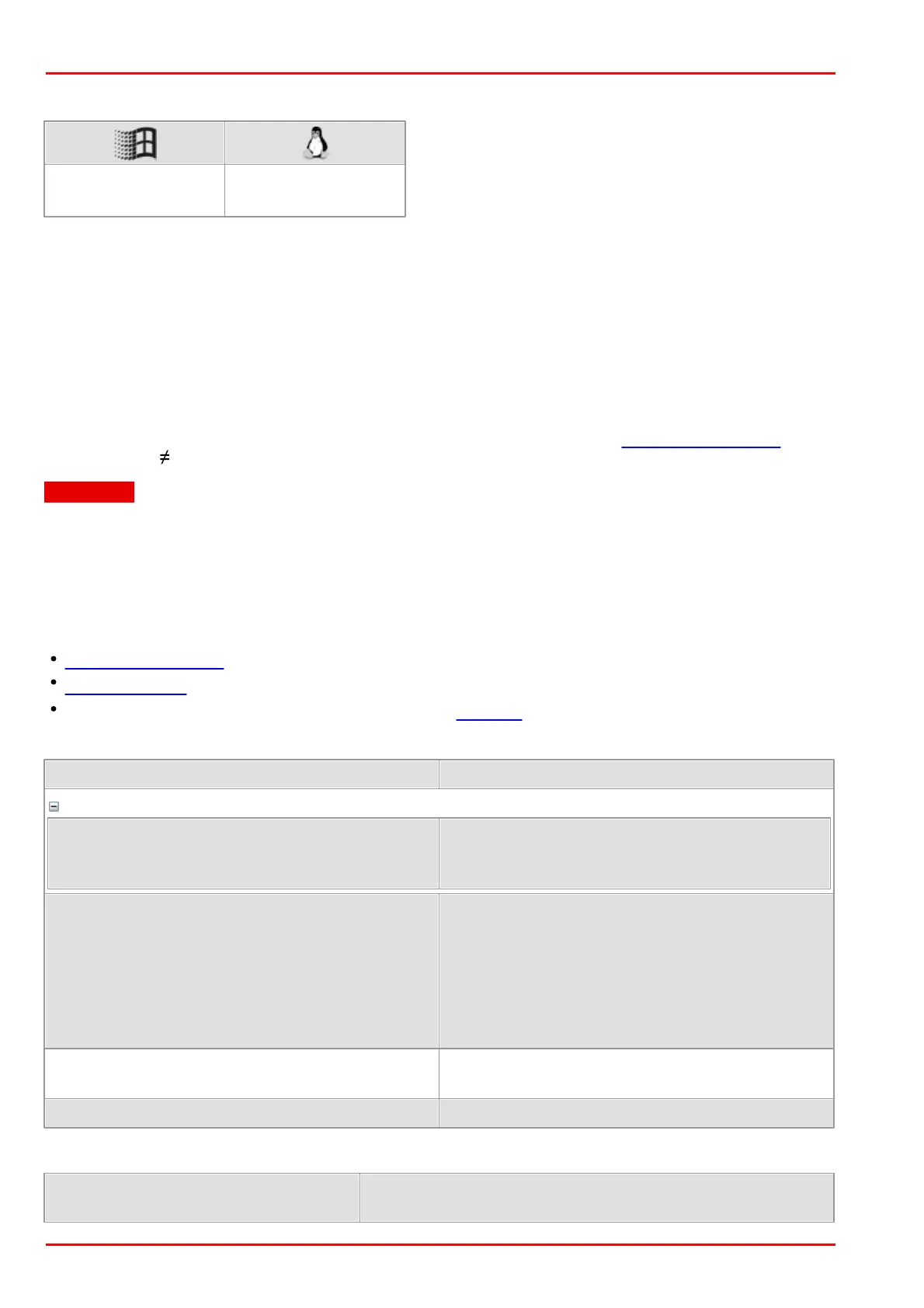© 2016 Thorlabs Scientific Imaging364
DCx Camera Functional Description and SDK Manual
4.3.92 is_SetOptimalCameraTiming
Syntax
INT is_SetOptimalCameraTiming (HIDS hCam, INT Mode, INT Timeout,
INT* pMaxPxlClk, double* pMaxFrameRate)
Description
Using is_SetOptimalCameraTiming(), you can determine the highest possible pixel clock
frequency for the current configuration. This function sets the pixel clock for which no transfer errors
will occur during the Timeout period. Moreover, it returns the highest frame rate available for this
pixel clock frequency.
is_SetOptimalCameraTiming() can only be executed in free-run mode (is_CaptureVideo()). If the
return value is IS_SUCCESS, no clock setting will be made.
Attention
The function should be executed in a separate thread and run in the background to allow for the
computational load caused by additional color conversions, etc. Otherwise, it will not be able to
return the optimum values.
Changes to the image geometry or pixel clock affect the value ranges of the frame rate and
exposure time. After executing is_SetOptimalCameraTiming(), calling the following functions is
recommended in order to keep the defined camera settings:
is_SetFrameRate()
is_Exposure()
If you are using the DCx Camera's flash function: is_IO()
Input parameters
The function makes one attempt to determine
the optimum pixel clock and returns
immediately.
Sets the period (in milliseconds) during which no
transfer error may occur. The adjustable range is
between 4 and 20 seconds. The higher the value
you set for this parameter, the more stable the
determined pixel clock value will be. This, in turn,
increases the runtime of the function
correspondingly.
Returns the maximum pixel clock frequency (in
MHz).
Returns the maximum frame rate (in fps).
Return values
This setting cannot be changed while automatic exposure
time control is enabled.

